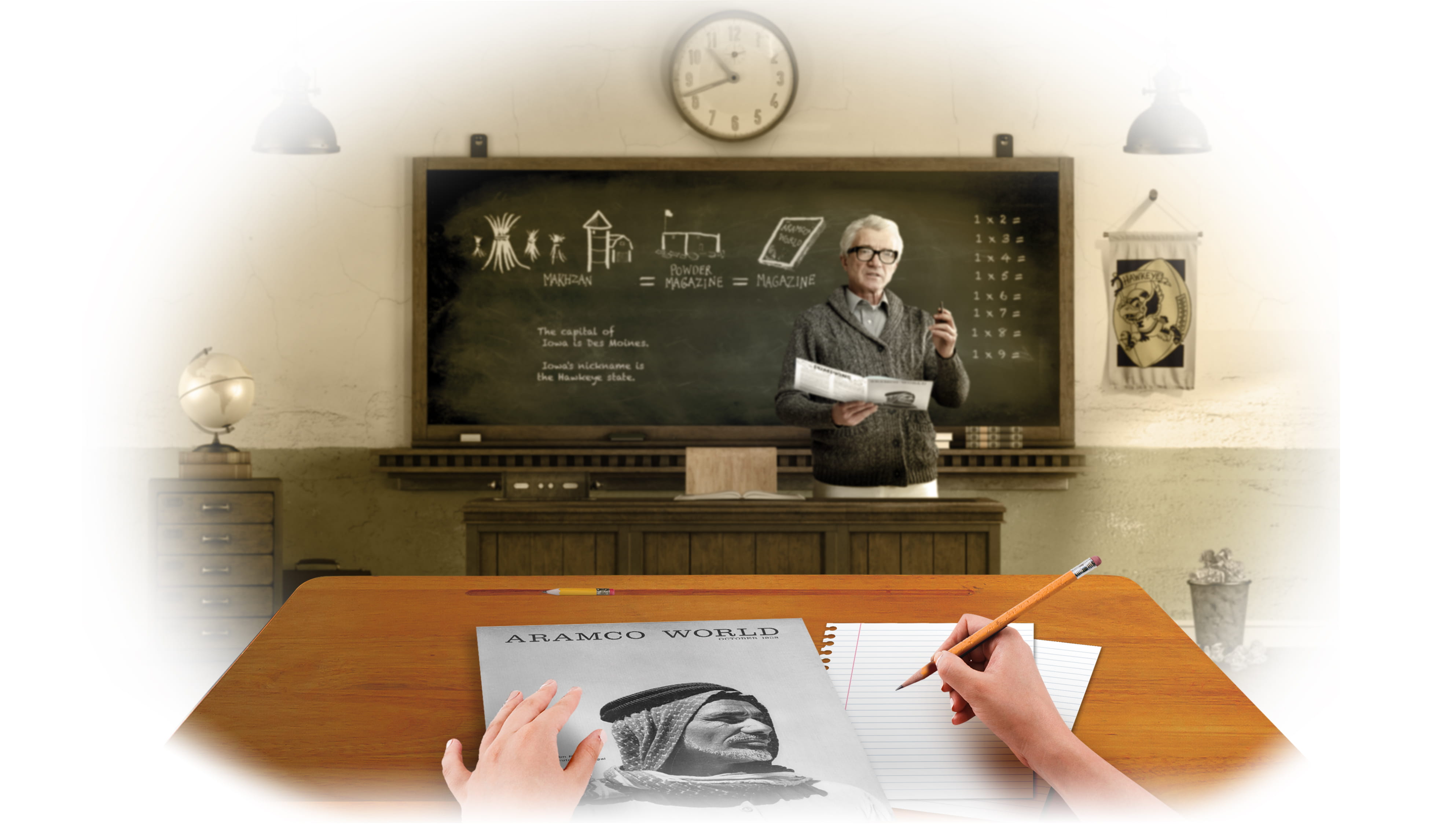
Teaching Empathy: Five Classroom Activities From AramcoWorld
For the Teacher's Desk
By Lauren Barack
Help students build empathy and community for the academic year with AramcoWorld’s stories and Learning Center lessons.
Every school year offers a chance to help students discover one another’s stories and see commonalities that connect us.
Building empathy through social and emotional learning not only strengthens relationships but creates a classroom where every student feels seen. AramcoWorld narratives can be powerful entry points into this kind of learning.
Here are five classroom-based activities for middle and high school students that use AramcoWorld stories to spark empathy and build community. Each one can stand alone in a single class period or grow into a longer project.
- Restore A Forgotten Voice
Invite students to research an overlooked figure from history and write a short piece as if they were that person, describing their work and perspective from the time. Ask them to write in their subject’s voice, describing their work from that era. By giving voice to the marginalized, students learn to recognize whose contributions are too often ignored—in history and in their own classrooms.
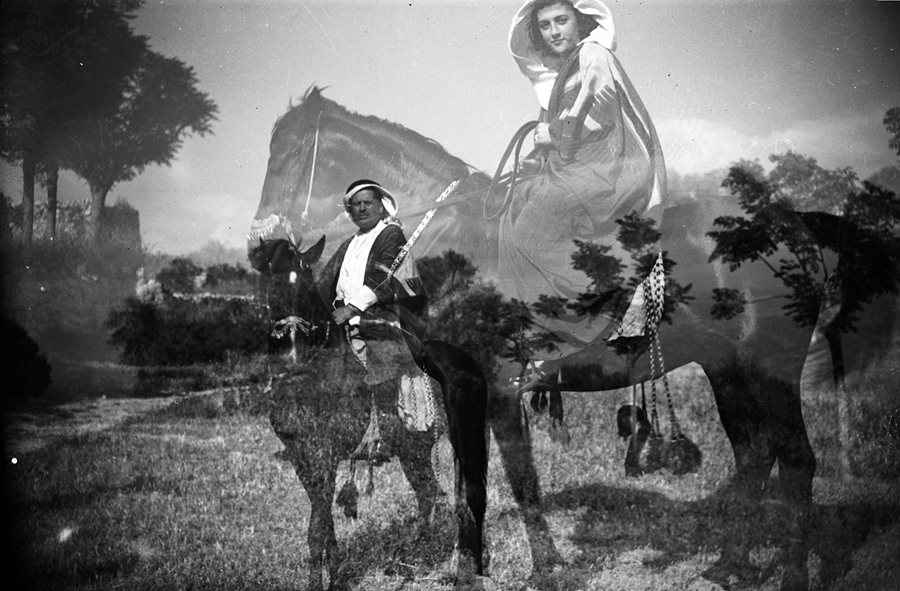
Marie al-Khazen broke new ground in Lebanon beginning in the 1920s, photographing women in activities usually associated with men. In this double exposure, a lady rider looms over her male counterpart.
Marie al-Khazen / Arab Image Foundation
2. Express Personal Histories Through Music

Women dance at a wedding reception in Zanzibar. Featuring rolling rhythms, taarab is common at both weddings and in street celebrations. No text in field
imageBROKER/Angelika Jakob/Alamy
- Step Into Another's Shoes
After learning about Rana Dajani’s literacy movement for refugee children, ask students to imagine how it feels to leave home and start fresh. Have them write a letter or short story to a fictional child facing this transition. By drawing connections to their own experiences of change—moving schools, neighborhoods or countries—students develop empathy for peers who may feel new or isolated.
Inspired by "For the Love of Reading"
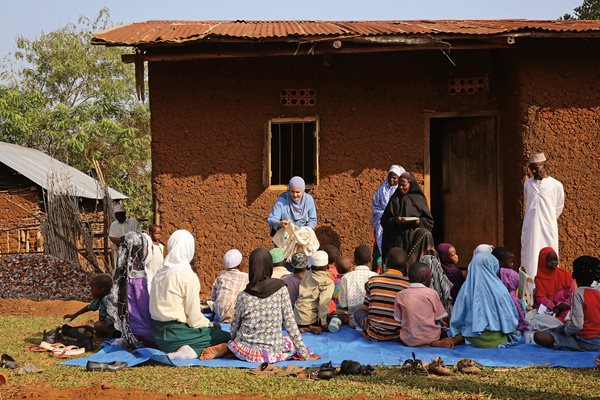
In 2015 on a visit to WLR volunteers in Uganda, Rana Dajani distributes bags of books after a read-aloud. “I realized that the way for a child to fall in love with reading is by having a role model, a parent who’s reading aloud,” Dajani told the United Nations High Commissioner for Refugees, which the same year gave the global nonprofit the UN agency’s annual Nansen Refugee Award.
COURTESY OF WE LOVE READING
- Journey Through Time
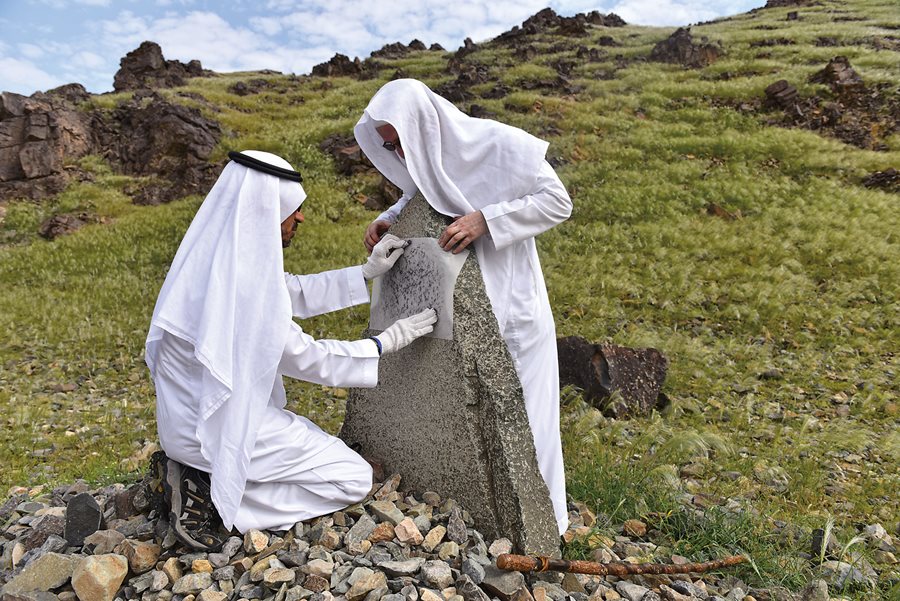
In search of traces of more inscriptions, rubbings were made on some stones, such as milestone 9.
jamal shawali
Rebuild From Something Broken
The Stari Most bridge in Mostar, Boznia, was destroyed in 1993 and later rebuilt, becoming a symbol of restoration and connection. After reading the story, ask students to write about a time they rebuilt trust or connection after a hurtful experience. Sharing these reflections can help classmates support one another through struggles and recognize that healing often brings people closer.
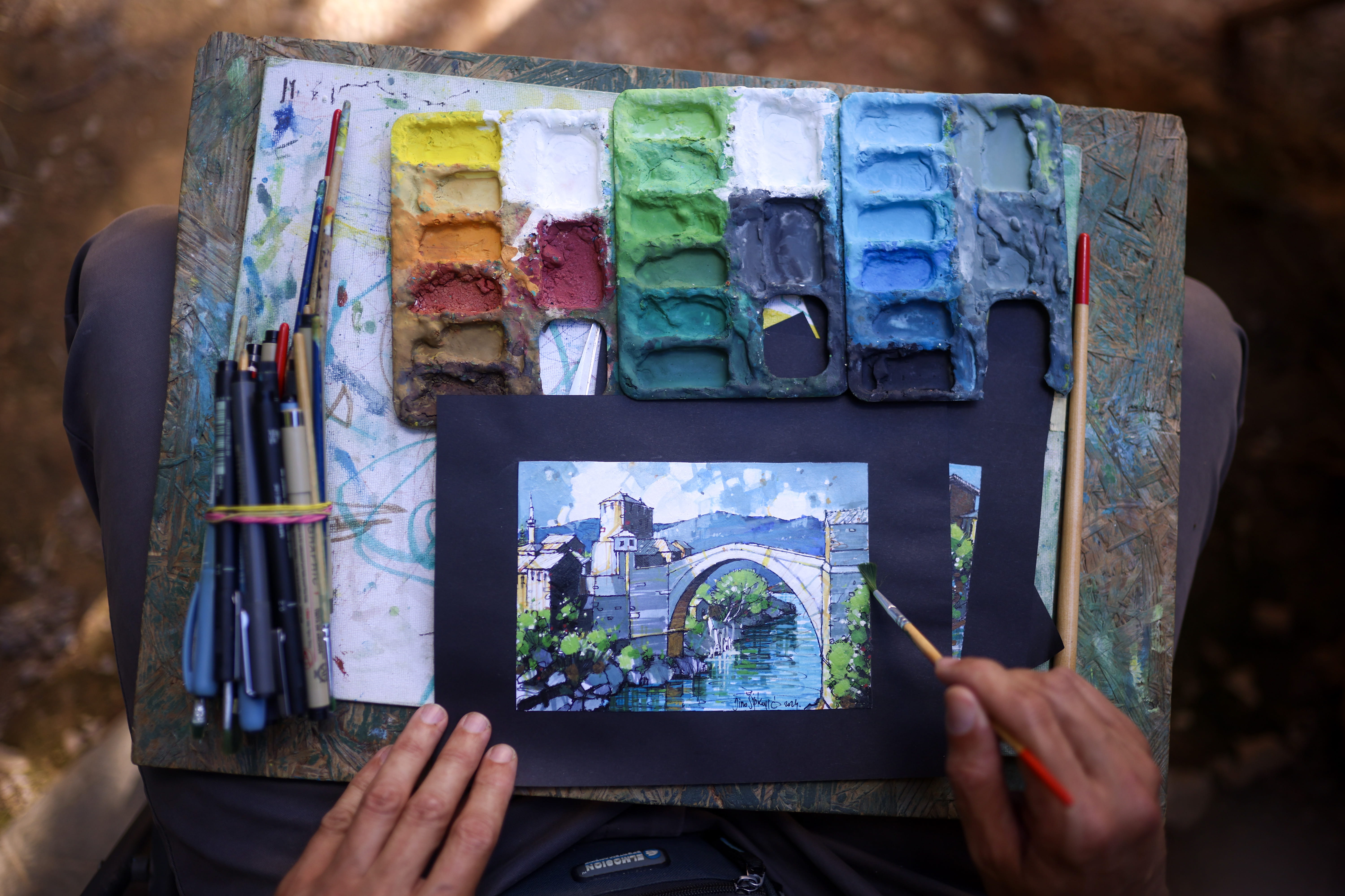
Artist Dino Sipkovic works on a painting of the Stari Most "Old Bridge" in the old part of Mostar, Bosnia. The "Old Bridge" was built in 1566, destroyed in during the Bosnian War of the mid-1990s, and rebuilt and reopened in 2004.
Armin Durgut
Each of these lessons guide students to step into another’s perspective or to share something personal. Together, they nurture empathy and create a stronger classroom community. Let empathy be the bridge that helps your students connect and carry those connections beyond the school year.
Other lessons
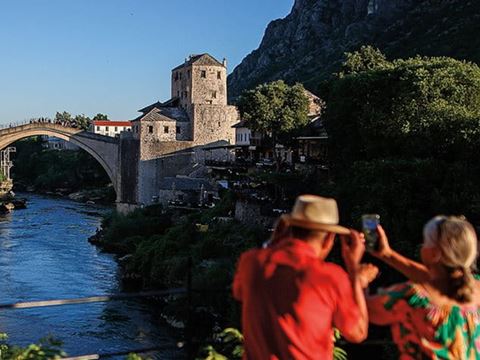
The Mostar Bridge Over Troubled Waters: A Case Study in Reconciliation.
History
Language Studies
Europe
Learn how the idioms and metaphors of a bridge destroyed during the Bosnian Civil War express the sentiment of a people.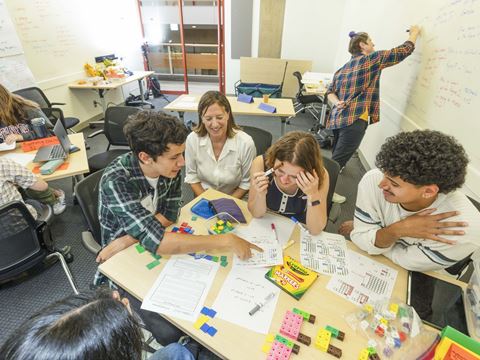
How To Improve Student Confidence Through Seeing Math Differently
For the Teacher's Desk
Hands-on activities shift math from memorization to exploration—building confidence and curiosity in the classroom.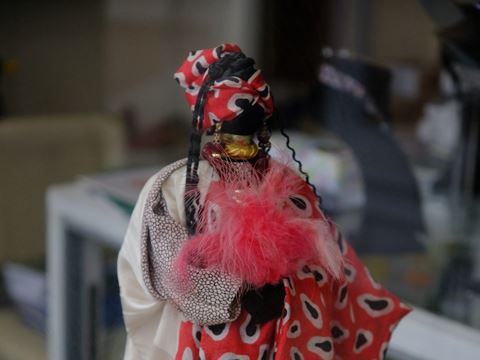
The Hill Rice Connection: Trace Its African Diaspora Roots and Examine How Communities Sustain Its Heritage
History
Geography
Anthropology
West Africa
Americas
Explore the connections between rice and African American agricultural history and analyze how hill rice connects to African American agricultural history and examine the Gullah Geechee community’s efforts to preserve this heritage through cultivation and storytelling.